Are you spending money on AdWords and not seeing a return?
Google AdWords can be a maze for the uninitiated. I’ve seen many small businesses waste a lot of time and money trying to drive leads and sales via AdWords, but if you follow some simple rules, it can be a highly targeted channel.
Here are 10 tips to help you spend less and appeal to more qualified buyers:
1. Keyword Research – 2 word keywords or more
What are your customers typing into Google to find your services? Google’s keyword tool will help you discover what potential customers are typing into Google to discover your products or services. Never, I repeat, never use single keywords in your campaigns. Use 2 – 3 keyword phrases Eg: income tax accountant, wedding photography Melbourne, small business podcast … you get the idea.
2. Go Local
When setting up a new AdWords campaign, by default, Google suggests you target your country. That might be ok if your country’s the size of Luxemburg or if you’re selling a digital products, but when you’re living in Australia or the U.S., and you have a geographical dependent business, you’ve got to go local.

With Adwords you can be as granular as you like. You can specify a radius distance from your business or even plot out an area that you would like your ads to appear in.
Be careful how you use this feature. For example, if you provide accommodation in Sydney, you still want people in other capital cities around Australia to be able to see you ad.
3. Use Geographic Keywords
Further to the previous tip, include city names in your keywords. For example: “wedding photography Melbourne”. The cost per click will generally be cheaper than, for example, “wedding photography”, even with local targeting turned on.
4. Negative keywords
This is a critical step that many people fail to include when setting up an AdWords campaign. Adding negative keywords prevents your add from appearing when certain keywords are included.
Sticking with the example I used above; if you’re a wedding photographer, you probably don’t want your ads to appear when someone types in “wedding photography tips”. Why? Because the intention with this search is to learn how to take better wedding photos, not to hire a wedding photographer. So if you include “tips” as a negative keyword, your ad won’t appear for this search and you won’t be wasting money on a click that is unlikely to convert to a sale.
“Free” is probably the most obvious keyword and one I include in most campaigns by default.
5. Split test Ads
When writing ads for your campaigns, always include two versions. That way you can test which one performs best and continually improve your ad copy.
6. Point to relevant pages
A common mistake many people make is to point all AdWords visitors to their website home page. Pointing people to the most relevant page on your website will help improve conversions. So, if you’re an accountant and you’ve setup an “tax returns melbourne” ad, point your ad to the Income Tax & Tax returns page on your website.
This will also help improve your Quality Score which can also reduce your cost per click.
7. Consider including prices
Including pricing in your ad copy can help reduce tire kickers. One of the big questions many potential customers want to know is “how much does it cost”, so including this important piece of information in your copy will help answer that question before people click – therefore reducing potentially poor converting traffic.
8. Include Your Phone Number
Adding your business phone number to your ad copy is another way to increase enquiry while actually reducing clicks on your ads. Instead of clicking through to your site – a customer can just pick up the phone.
9. Track conversions
Make sure you have Google Analytics installed on your website along and ask your web developer for help to install conversion tracking. The definition of a conversion will depend on the type of business you’re in. A conversion occurs when a visitor (for example):
- Fills in a quote request form
- Buys a product on your website
- Calls your business
Tracking conversion will allow you to discover your highest converting keywords. I usually find there’s an 80/20 rule with keywords: 20% of the keywords will generate 80% of conversions. Discovering these 20% of keywords lets you focus your time and money on the ads and keywords that are generating the most enquiry or sales.
10. Know the lifetime value of a customer
This is such a biggy, not only from an AdWords perspective, but from a business development one as well. For relatively new businesses it can be difficult to know the lifetime value of a customer. Make it your goal to figure out the lifetime value of a customer, then you can make educated decisions around what you’re willing to spend to acquire a new customer.



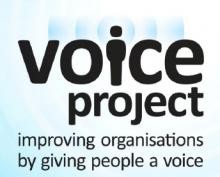
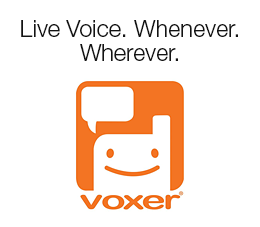

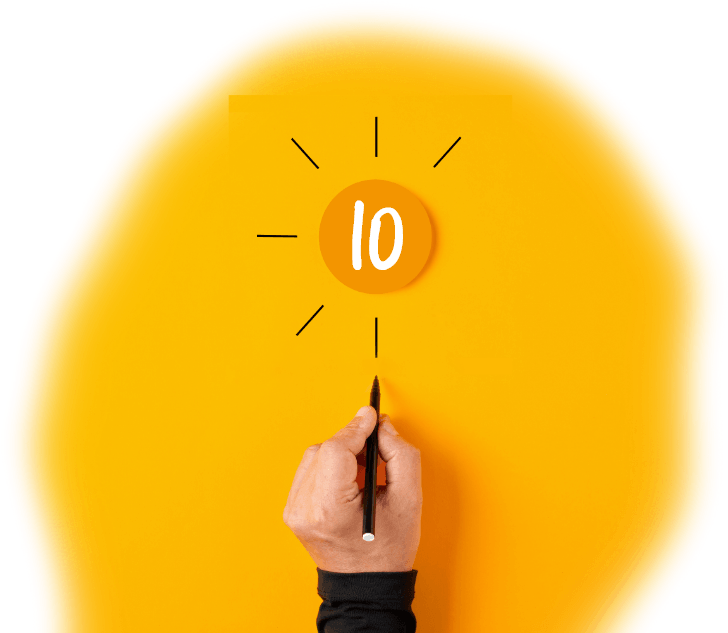
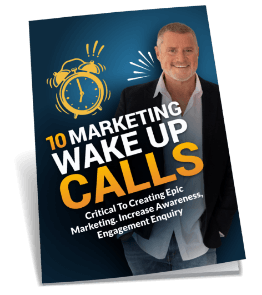
 Grab My 10 Marketing
Grab My 10 Marketing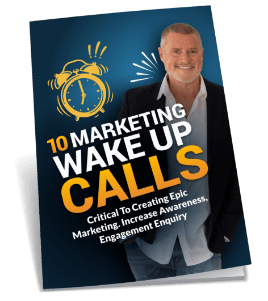
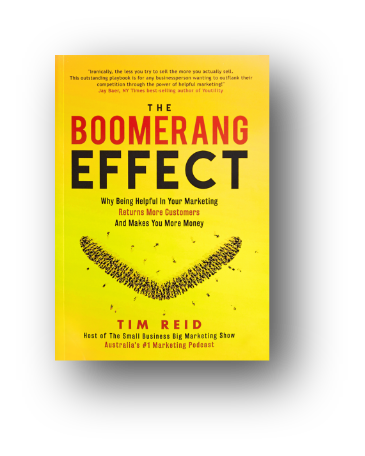
1 thought on “10 Google Adwords Money Saving Strategies for Small Business”
SiteWide Coupon coupons and discounts